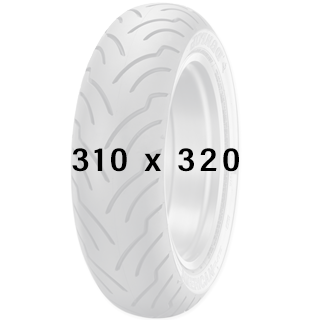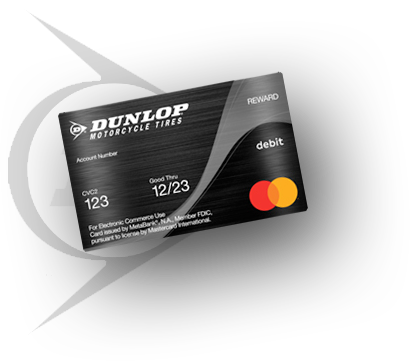Is Breathing in Motorcycle Exhaust Fumes Dangerous?
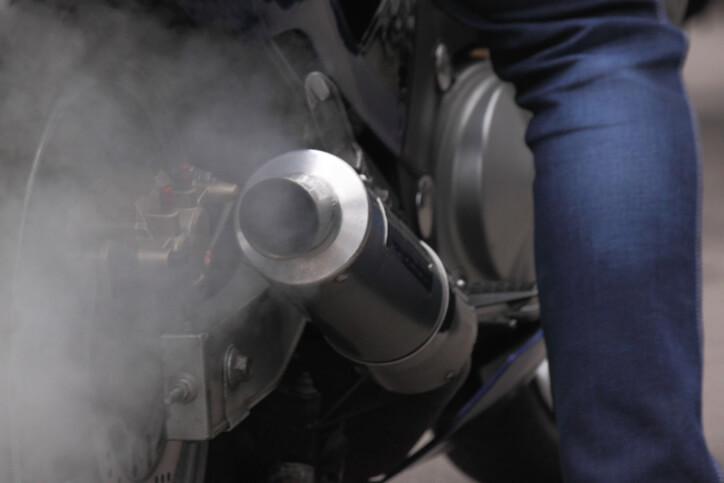
It is no secret that exhaust fumes are harmful to human health. In excessive quantities, these gasses can cause severe symptoms and even death. A report published in 2006 by Science Daily states: “Motorcycles collectively emit 16 times more hydrocarbons, three times more carbon monoxide, and a disproportionately high amount of other air pollutants compared to passenger cars.”
This information is enough to get anyone’s alarm bells ringing. Before the environmentalists can claim that motorcycles are the new planet killers, first, let’s unpack the facts.
Only two years after the report’s publication, motorcycle manufacturers began fitting catalytic converters to motorcycles as standard equipment.
Fast forward to 2017 and Euro 4 emission laws came into practice. By 2020, even more, restrictive Euro 5 regulations hit the highway. These emission laws only regulate new motorcycles sold within Europe. What about those sold in America?
The European motorcycle market is almost twice the size of the U.S. market. It’s less expensive to design one motorcycle for the global market, thus, Japanese and European imports to the United States are usually Euro 5 spec. So the upside is that most new road motorcycles sold in the USA are super clean when it comes to exhaust emissions.
Low motorcycle exhaust fumes are all thanks to catalytic converters. On a large-capacity motorcycle, this can cut down harmful exhaust fumes such as hydrocarbons by over 95%!
Even though catalytic converters have been around since the 1950’s, they weren’t required in most motorcycle models until the early 2000s. This is due to the worldwide emissions standards that have been enforced over the last 20 years. This technology is dramatically reducing exhaust fumes and controlling the motorcycle’s emissions. But what exactly is your motorcycle emitting from its exhaust? What’s more, how does it affect your health?
Carbon Monoxide Gas
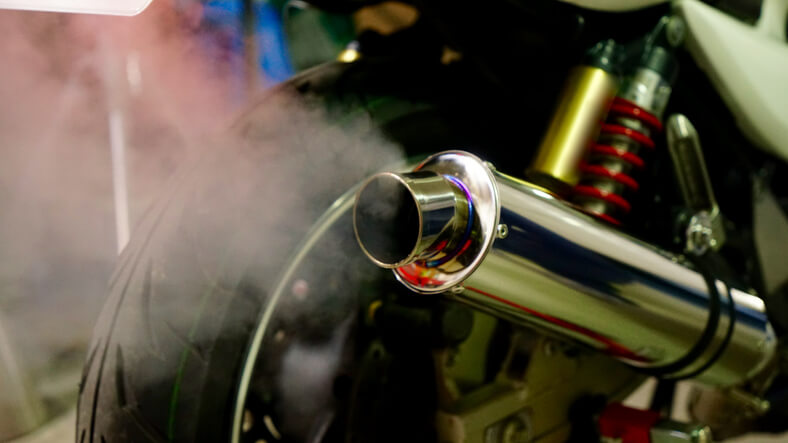
Carbon Monoxide (CO) gas is the primary component of motorcycle exhaust. Everyone inhales insignificant amounts of this colorless, odorless gas throughout the day. Yet, more significant quantities can have serious side effects. If your blood CO levels reach more than 70 parts per million (ppm), roughly 10%, you will show symptoms of CO poisoning.
This condition causes symptoms like:
- Dizziness
- Shortness of breath
- Nausea and vomiting
- Disorientation
When riding a motorcycle, you will not be overly exposed to Carbon Monoxide as the gas gets expelled in your wake. This gas is almost undetectable, so, the danger from inhalation occurs when running the engine in a confined space such as a garage. In this case, extended exposure can be lethal.
Hydrocarbons
Motorcycle-related hydrocarbons (HC) are unburnt fuels leaving the combustion chamber. As a result, the particles reach the atmosphere and add to the problems of greenhouse gasses.
Direct inhalation of HC can cause:
- Lung irritation
- Coughs
- Shortness of breath
Nitrogen Oxides
Although not a significant contributor of nitrogen oxide (NOx) into the atmosphere, motorcycles are internal combustion engines. In this case, motorcycles add to the overall problem of nitrogen dioxide, which affects the ozone layer. Overexposure to this substance, like other exhaust-related chemicals, has an adverse effect on the respiratory tract and lungs.
Protecting Yourself
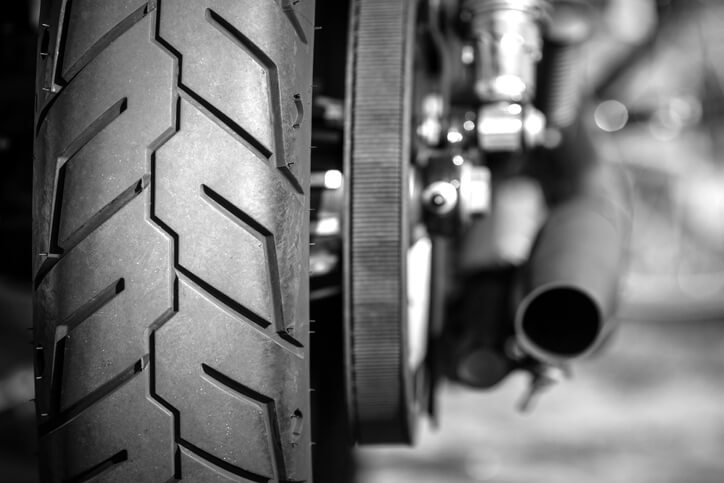
.
In a built-up urban environment, motorcyclists are constantly breathing in fumes while riding. Therefore, they are potentially more susceptible to health risks. Motorcycles emit harmful chemicals like every other internal combustion engine. Yet the fact remains, that other road users are responsible for the vast majority of fumes the average biker ingests.
There are some actions that motorcyclists can take to stay healthy and help keep our air breathable:
- Always wear a helmet: Motorcyclists are exposed to the open air while riding. This fact means that they can breathe in exhaust fumes from other vehicles. Make sure to have a well-ventilated helmet to reduce exposure as heavy exhaust fumes can linger in a helmet as well.
- Maintain your motorcycle: Regular maintenance and keeping your engine in A1 condition make it more fuel-efficient. A leaking exhaust can put dangerous fumes in the direct path of your face. The correct tire inflation also cuts down on rolling resistance meaning more miles to the gallon and fewer emissions to get where you’re going.
- Idle less: If you are stuck in traffic or pull over for any length of time, cut the engine. If you leave an engine ticking over it burns more fuel, creating more fumes.
- Riding Positioning: If you’re riding behind a gross polluting vehicle or at the back of a motorcycle pack, you might want to consider riding in the front to avoid the exhaust fumes from fellow riders.
No matter the age, make, or model of motorcycle you ride, all bikes create some form of air-borne pollutants. Like every other rider and driver on the planet, we can all do our bit to protect our health and the environment.
What’s the bottom line? Never run your engine in an enclosed space. Always maintain your engine and wear some form of respiratory-related protective clothing. What’s more, keep your tires correctly inflated. Save yourself and save the planet.
Are you looking for professional advice on any aspect of your motorcycle tires? Locate your nearest Dunlop Motorcycle Tire dealer here.



